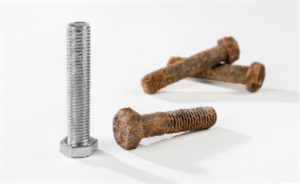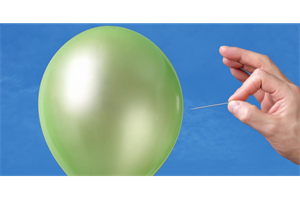PDF chapter test TRY NOW
In day-to-day life, so many changes are taking place across many things around us. Some of these changes may occur in a minute or in a year, and few of them can be unnoticeable.
Let us now see about the slow and fast change with few examples.
Slow changes:
Slow changes occur over a prolonged period of time. i.e. over days, months, or years.

Rusting of iron nails
1. Rusting is a slow chemical process where it takes at least four to six weeks for an iron object to turn into rust.

Drying of fish
2. Drying of fish takes place in the presence of heat or sunlight. It takes more than two weeks time for a fish to dry up completely.
Therefore, when the time taken for a change to occur is more, it is known as slow change.
Therefore, when the time taken for a change to occur is more, it is known as slow change.
- Nail and hair growth
- Seasonal changes
- Seed germination
- Ageing
- Ripening of fruits
- Day turns to night
- Growing crops in the agricultural field
- Falling leaves from trees
- Booming of flowers
- Rusting of iron nails and so on
Example:
Fast changes:
Fast changes are defined as those that occur in a short period of time (seconds or minutes). However, many changes are occurring in the human body every minute.


Bursting a balloon
1. Bursting a balloon is a fast and spontaneous process that takes less than a few seconds to burst by producing sound.
Therefore, when the time taken for a change to occur is less, it is known as fast change.
Therefore, when the time taken for a change to occur is less, it is known as fast change.
- Bursting a balloon
- Breaking a window
- Burning paper
- The spinning of a top
- Earthquakes
- Volcano eruption
- Floods
- Landslides
- Drying hair with a hairdryer and so on.
Example:
